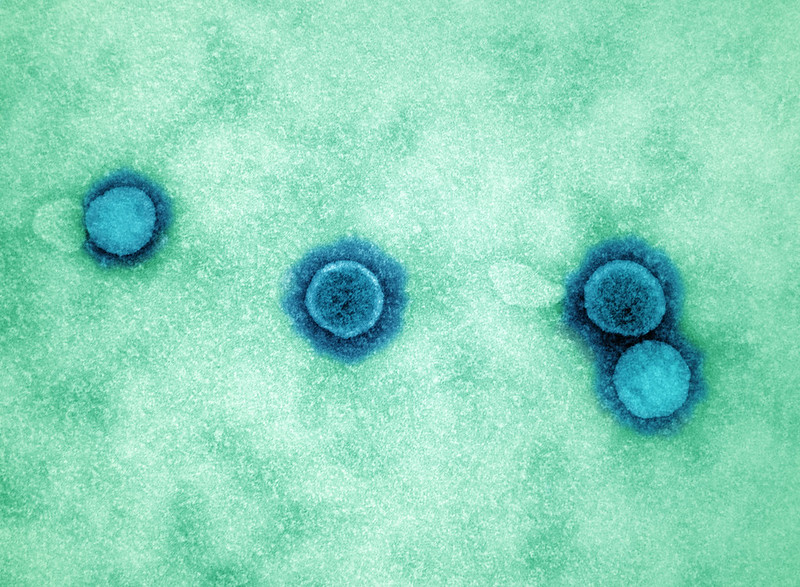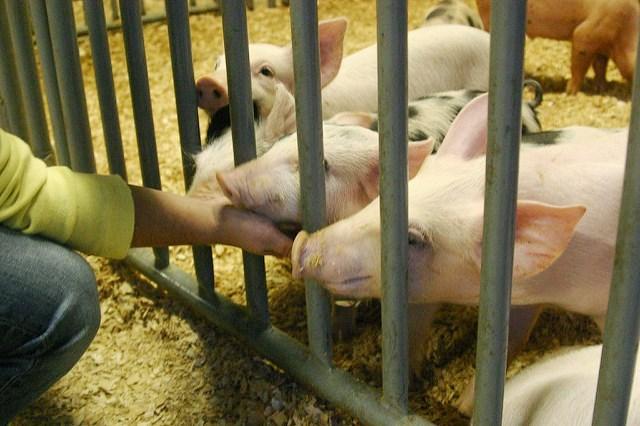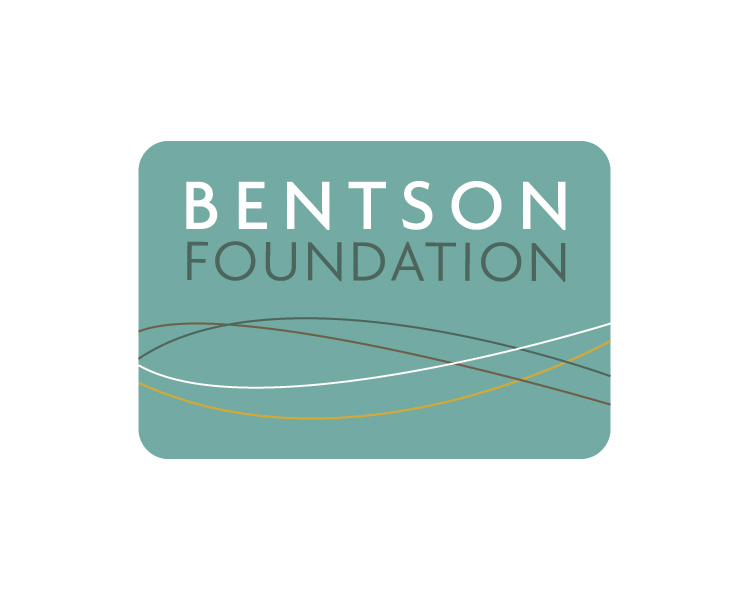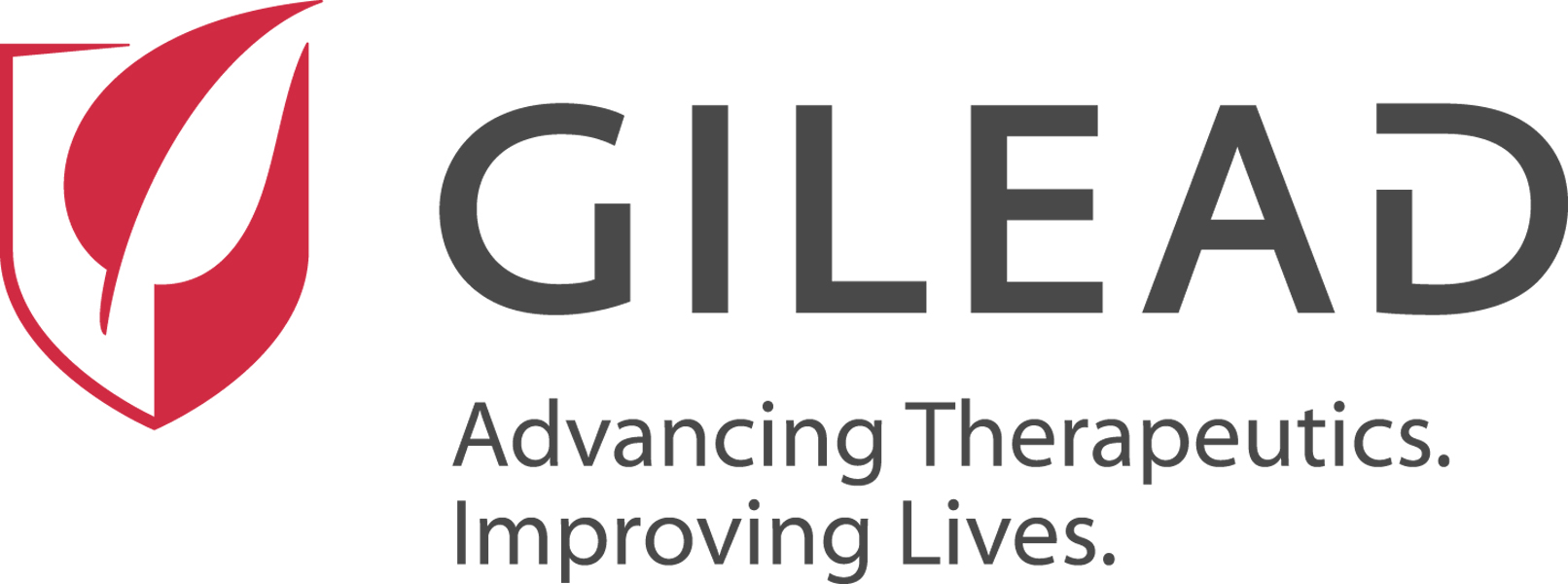
Among US children born in the past 30 years, childhood vaccines have prevented an estimated 508 million cases of illness, 32 million hospitalizations, and 1.1 million deaths, resulting in direct savings of $540 billion and societal savings of $2.7 trillion, according to a study yesterday in Morbidity and Mortality Weekly Report.
Researchers from the Centers for Disease Control and Prevention (CDC) analyzed data since 1994, when the US Vaccines for Children (VFC) program was launched to cover the cost of vaccines for children whose families might not be able to afford them. They assessed the impact of routine childhood immunizations among both VFC-eligible and non–VFC-eligible children born from 1994 to 2023 for nine vaccines: diphtheria and tetanus toxoids and acellular pertussis vaccine; Haemophilus influenzae type b conjugate vaccine; poliovirus vaccines; measles, mumps, and rubella vaccine; hepatitis B vaccine; varicella vaccine; pneumococcal conjugate vaccine; hepatitis A vaccine; and rotavirus vaccine.
"Although influenza and COVID-19 vaccines are recommended for routine immunization," the authors wrote, "they were not included in this analysis, because the methods for assessing their costs and effects differ from those for other vaccines." They also did not include recently approved respiratory syncytial virus (RSV) vaccines.
More than 1 million deaths, 32 million hospital cases averted
The researchers calculated averted illnesses and deaths and associated costs over the lifetimes of 30 annual cohorts of children born during the study period using established economic models. They also estimated net savings for the healthcare system and for society as a whole.
Routine childhood immunizations remain a highly cost-effective public health intervention.
The investigators found that, among about 117 million children, routine childhood vaccinations prevented approximately 508 million lifetime cases of illness, 32 million hospitalizations, and 1,129,000 deaths, at a net savings of $540 billion in direct costs and $2.7 trillion in societal costs.
They conclude, "Routine childhood immunizations remain a highly cost-effective public health intervention ... Based on the 2022 CDC Market Share Report, VFC made a substantial contribution to these reductions by purchasing approximately one half of childhood vaccines at discounted prices."














